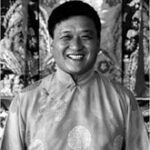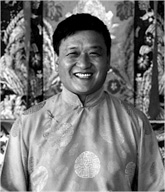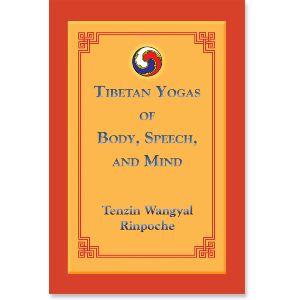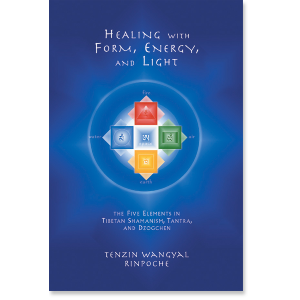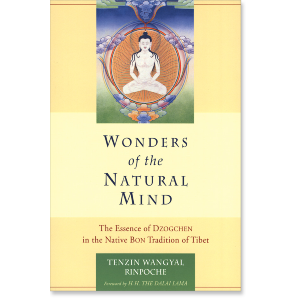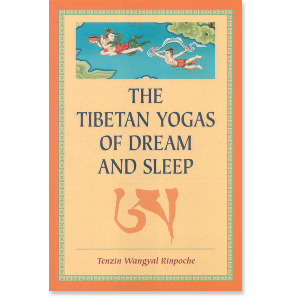| The following article is from the Spring, 2012 issue of the Snow Lion Newsletter and is for historical reference only. You can see this in context of the original newsletter here. |
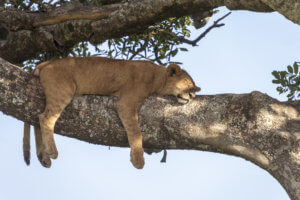
With the mind practice, one contemplates all the thinking one has done over a lifetime and on arriving at the place of exhaustion, one releases all the thoughts into the space of pure, thought-free awareness, like a clear sky.
Exhaustion can bring YOU to this kind of stillness. After working a long, hard day of physical labor, you arrive home feeling utterly depleted, fall back into a comfortable chair, and relax fully into that sense of stillness. The body is still, the speech is still, the mind is still. There is a deep sense of release, of connection, of completion, of wholeness. This is a clear example of how the pain body itself may be used as a doorway.
Without practice, this experience of stillness will remain only until a distracting movement occurs. Even a simple hand gesture can lead to a loss of connection, drawing your mind back into its habitual patterns.
The body is still, the speech is still, the mind is still. There is a deep sense of release, of connection, of completion, of wholeness.
The distraction comes not from the movement but from your relation to the movement. This is the point of regular meditation practice—even when your body is not literally exhausted, through meditation you can bring yourself to that same deep place of release. You can relax into the stillness, abide in it, familiarize yourself with it, and over time stabilize it. Once the experience is fully stabilized, no physical movement will disturb it.
There is a specific dzogchen meditation practice in which we bring ourselves to the place of stillness by closing the eyes and contemplating all of the body's physical actions over a lifetime, action by action, day by day, year by year. Although we can't review our entire life in a single meditation session, we can elicit enough physical memories to bring ourselves to the point of exhaustion.
The instant we arrive at this point, we release all the actions into the stillness of the moment and abide without changing. "Abide without changing" means that as our thoughts and experiences continue to arise and dissolve, we continue to rest in our own nature and simply observe without elaborating. We try not to follow the past, plan the future, or change the present. We "leave it as it is."
You can relax into the stillness, abide in it, familiarize yourself with it, and over time stabilize it. Once the experience is fully stabilized, no physical movement will disturb it.
This type of exhaustion practice is not limited to the body; it can be used also with the speech and with the mind. One reflects on a lifetime of speech, then releases all the speech into the silence—a deep silence, like the silence of someone who has awakened from a dream and has no words to describe it. With the mind practice, one contemplates all the thinking one has done over a lifetime and on arriving at the place of exhaustion, one releases all the thoughts into the space of pure, thought-free awareness, like a clear sky.
The stillness of the body, the silence of speech, and the spacious awareness of mind are the true three doors to enlightenment. Ultimately, one aims to connect with, appreciate, and rest in the fullness and pure potentiality of the nature of mind.
Adapted from Tibetan Yogas of Body, Speech, and Mind by Tenzin Wangyal Rinpoche

